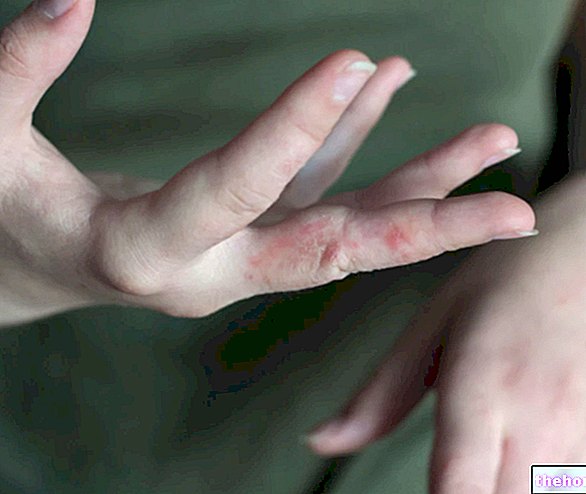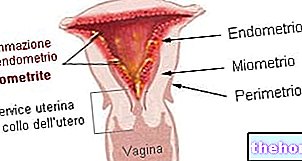
Antiseptics, generally, are substances used for the disinfection of the skin (intact and not) and of the mucous membranes of the individual, as well as of animals (antiseptics for veterinary use).
As it is easy to imagine, antiseptics are used to prevent and counter the onset of infections (caused by viruses, bacteria, fungi, etc.), sepsis or putrefactions of various origins and nature.
The ideal antiseptic should act only on the pathogenic microorganism, without causing effects of any kind on man or on the treated animal; therefore, it should have maximum efficacy against the pathogenic potential with little or no toxicity for the organism.
(such as, for example, bactericides) and those, on the other hand, that stop or slow down their growth and development (such as, for example, bacteriostats).
In any case, the most commonly used classification method is, most likely, the one that provides for the subdivision of antiseptics according to their chemical structure. Among the main antiseptics still used today we can therefore distinguish:
- Alcohols, among which we find ethyl alcohol and isopropyl alcohol. They are normally used at a concentration of 60-70% for the disinfection of intact skin. They are capable of significantly reducing the microbial load on the skin and for this reason they can also be used for surgical hygiene, either alone or in association with other antiseptics.
- Biguanides, among which chlorhexidine stands out. This molecule is widely used in the disinfection of both intact and damaged skin and is particularly effective against Gram-positive bacteria (bactericidal action). By increasing the concentration, however, an increase in the spectrum of action can be obtained, which also extends to Gram-negative bacteria and fungi.
It can also be used in surgery and, generally, has a rather limited toxicity.However, it is necessary to avoid contact with the eyes and middle ear. - Halogenated compounds, among which we find triclosan, iodopovidone and iodine tincture.
Triclosan is a chlorinated phenol used for the disinfection of intact skin, which is also part of the composition of some personal hygiene products. It has a rather broad spectrum of action, but more limited than that of other antiseptics, such as, for example, example, povidone iodine. However, triclosan appears to be particularly effective in counteracting strains of Staphylococcus aureus methicillin-resistant.
Even compounds containing iodine - such as povidone iodine and iodine tincture - are used in the disinfection of the skin (respectively, damaged and intact) and have a broad spectrum of action. Normally, they are well tolerated (except in cases of hypersensitivity) and possess relatively low toxicity. - Peroxides, such as hydrogen peroxide (or hydrogen peroxide).
Hydrogen peroxide is used as an antiseptic on damaged skin and is therefore effective in the treatment of wounds, bruises and ulcers. Normally, it is used at a concentration of 10-12 volumes; if in higher concentrations, it must be previously diluted .
It should be emphasized that - even if well tolerated - the use of hydrogen peroxide on injured skin can cause slight pain. Finally, it should be remembered that this compound must not be used in conjunction with other antiseptics containing iodine and / or iodides. - Boric acid: this compound is routinely used in concentrations of 3%, as an antiseptic in the disinfection of irritated or chapped areas of skin and in the disinfection of minor burns. Apart from this, boric acid is also used as an antiseptic in the treatment of acne. Usually, it is a well tolerated compound, so much so that it can also be used in children, as long as they are over three years of age.
- Chloramine: it is an organic hypochlorite easily soluble in water which is used in the disinfection of damaged skin. Usually, it is used at concentrations ranging from 1 to 2.5%.
More specifically, among the main mechanisms of action of antiseptics, we find:
- Alteration of the structure of the cell membranes of microorganisms (as occurs, for example, with the use of chlorhexidine);
- Alteration of the permeability of the cell membranes of microorganisms;
- Denaturation of the proteins contained within the microorganism (as occurs when ethyl alcohol or hydrogen peroxide is used);
- Oxidation of proteins of microorganisms (as occurs when they use iodine-containing antiseptics).




























